Read the original post HERE
After more research and some great input from several excellent instructors I have quite a bit to add to the previous post. There are even a few additional golfers I have found to add to the "zero" club (no change in handle position from address to impact) - there has been so much fantastic input that I just had to share it.
Jonathan Yarwood makes a great point in identifying the difference between irons and the driver:
I think that there has to be a raise of the shaft with a driver due to the nature of the sweeping hit off a tee. However, if you look at players like Pricey, the driver became their nemesis, as they got the plane too low to get it flying with the new equipment. Sergio struggles to flight the driver too. Trevino too at times. With a driver, some ’swing and freewheeling’ is required through the hit allowing the club to raise somewhat.

Mark Costaregni, my fellow teacher at Atlantic Golf Club in NY, and senior teacher with Jim McLean at Doral says:
I think you are spot on with this, we have studied shaft plane at address vs. impact and only a few return the handle on plane!!! Fulton Allem also returns it on plane. I remember some footage of Sergio actually UNDER with the handle!!! I believe this is a benchmark for pure greatness in striking. Also it seems the real power hitters tend to get the handle up at impact because of the leverage factor.
Thanks for the addition of Fulton Allem to the list Mark. Fulty has always been a fantastic ball striker and was a prolific winner in South Africa. At Doral they have a fantastic resource in that the best players in the world come to them every year and that leads to a superb bank of swings to analyze and evaluate. I would have to agree with you when you say "pure greatness in striking".
There were multiple questions regarding shaft droop or bowing and even some skepticism about whether any golfer could achieve the "zero" impact position - however the pictures don't lie. Here is what I have noticed:
- The average shaft angle with a 7 iron at address is around 54 degrees; the average lie angle of a 7 iron is 63 degrees. That allows for 9 degrees of droop/bow in the shaft at impact even with the handle returning to the exact same position at impact - as a result golfers DO NOT need to lift/raise the handle in order to account for the curvature of the shaft.

- I have found that the golfers who get the handle in the "zero" position (zero degrees of change from address to impact) through the hit tend to have what appears to be less droop/bow in their shaft. This is due to the fact that their hands/arms swing into the ball on a lower (more shallow) plane that more closely matches the plane the clubhead travels on. The lower the arm plane coming into impact, the less difference there is between the arm and clubhead plane and thus less droop/bow in the shaft.
- Thus, the higher the hands are positioned through impact the more the shaft tends to curve downward.
- That being said, if you can return the handle to its address position, you should not need to flatten your irons (unless they are too upright already!) due to the fact that the shaft will droop less.
The next time you are playing a "well worn" golf course take a look at the divot patterns on the range or a shortish par three. Keeping in mind that most golfers are right handers, you'll see most of the divots are in the shape of a trapezoid. This is due to high hands and excessive droop in the shaft getting the toe further into the ground than the heel.

Here is an excellent drill to illustrate how any golfer can work towards achieving this ultimate impact position. If there ever was a drill that would make you hit it like Hogan, this is it.
Reed Howard, an fine young golfer illustrates how to perfectly execute this drill. Does this look like Ben Hogan or what?
A point to note: the line drawn on the photos of Moe Norman is not the original shaft plane line. The shaft plane line is drawn along the shaft at address. I am not sure what the yellow line in the photos represents, but it does act as a good reference point.


The select list of golfers who belong to the zero club are:
- Moe Norman
- Ben Hogan
- Nick Price
- Lee Trevino
- Vijay Singh
- Joe Durant
- Carl Pettersson
- Sergio Garcia
The golfers who are very close (within two degrees), but not quite there:
- Trevor Immelman
- Lucas Glover
- DJ Trahan
- Boo Weekley
- Paula Creamer
- Sean O'Hair
All very good ball strikers in their own right!

I have only ever personally witnessed two golfers "naturally" return the handle to its original position. They are - Lindsay Renolds and Michael Koulianos. Both superb ball strikers!
Try the drill - strive for zero - and know that if you get close to it you can only get better!
I really believe that if any golfer can work towards getting into a better position (zero!) at impact they can only improve their ball striking and increase the enjoyment they get from the game.
Keep working!









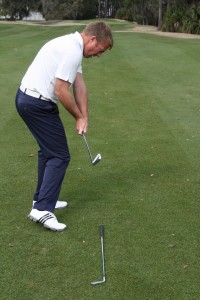
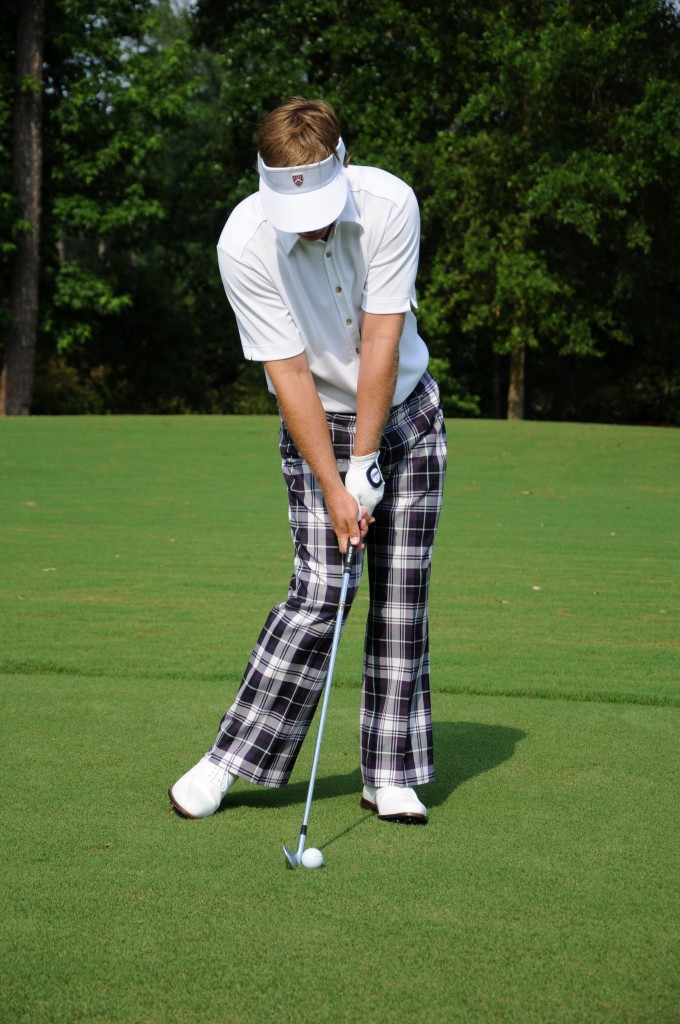
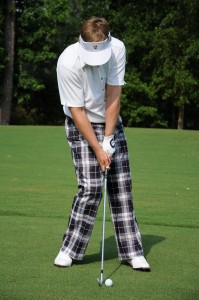
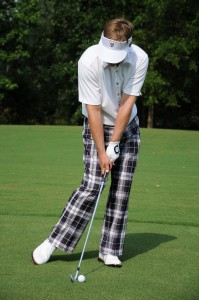
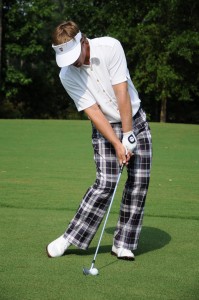
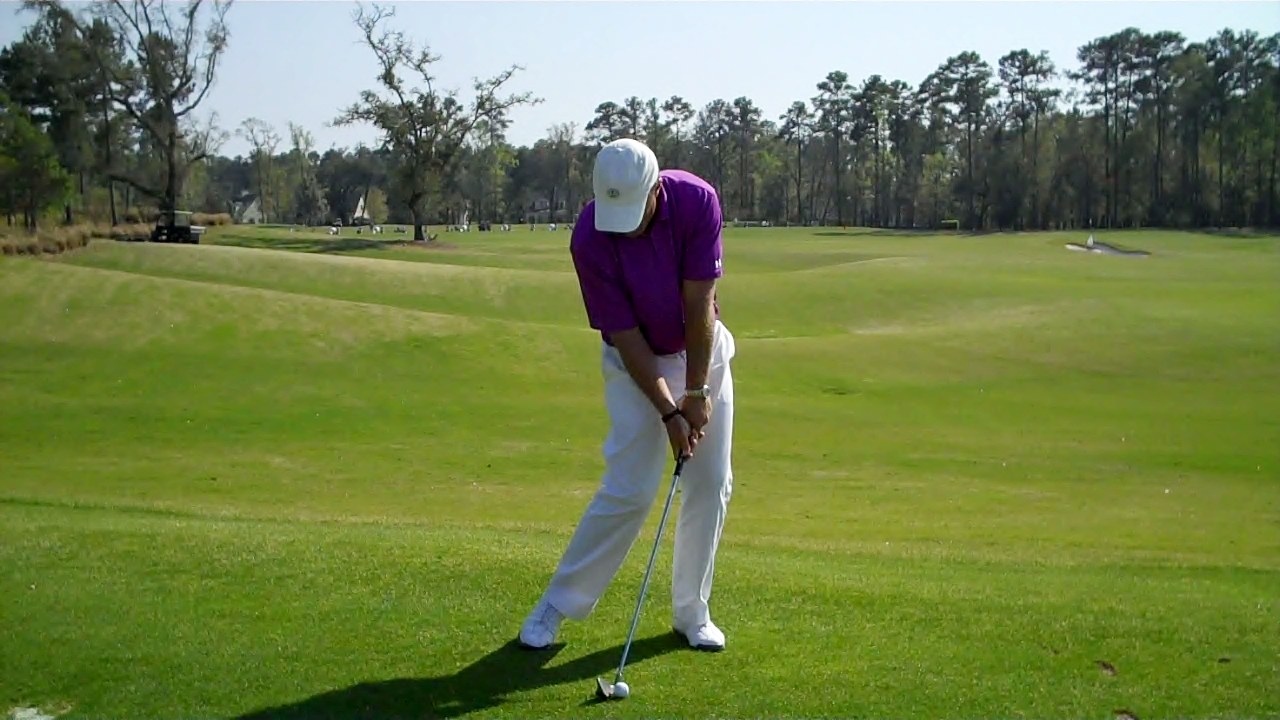
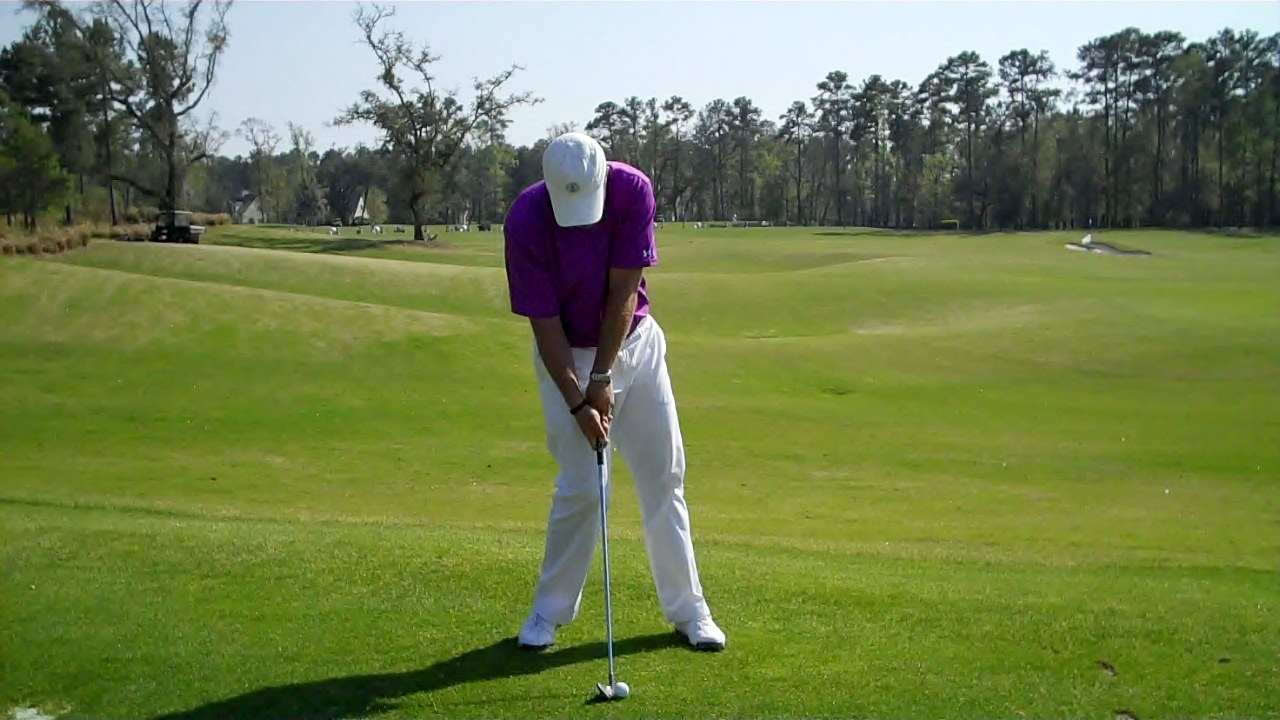

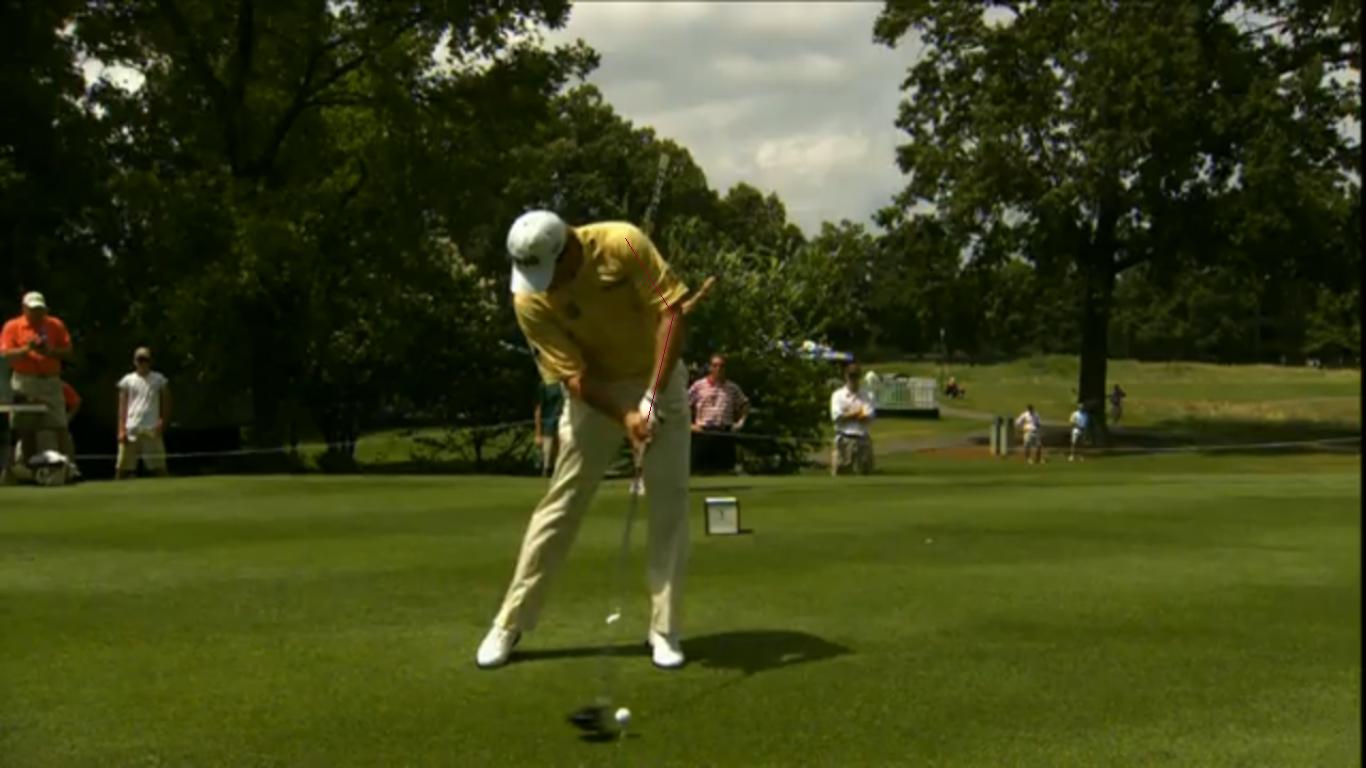
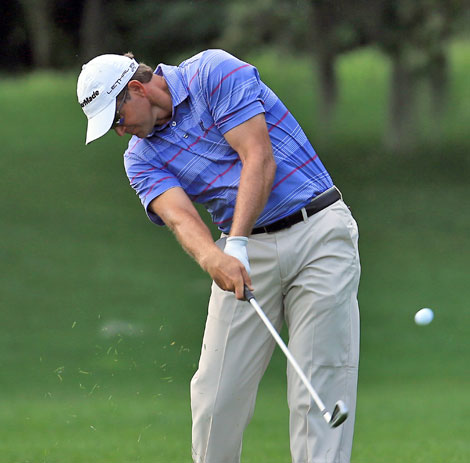






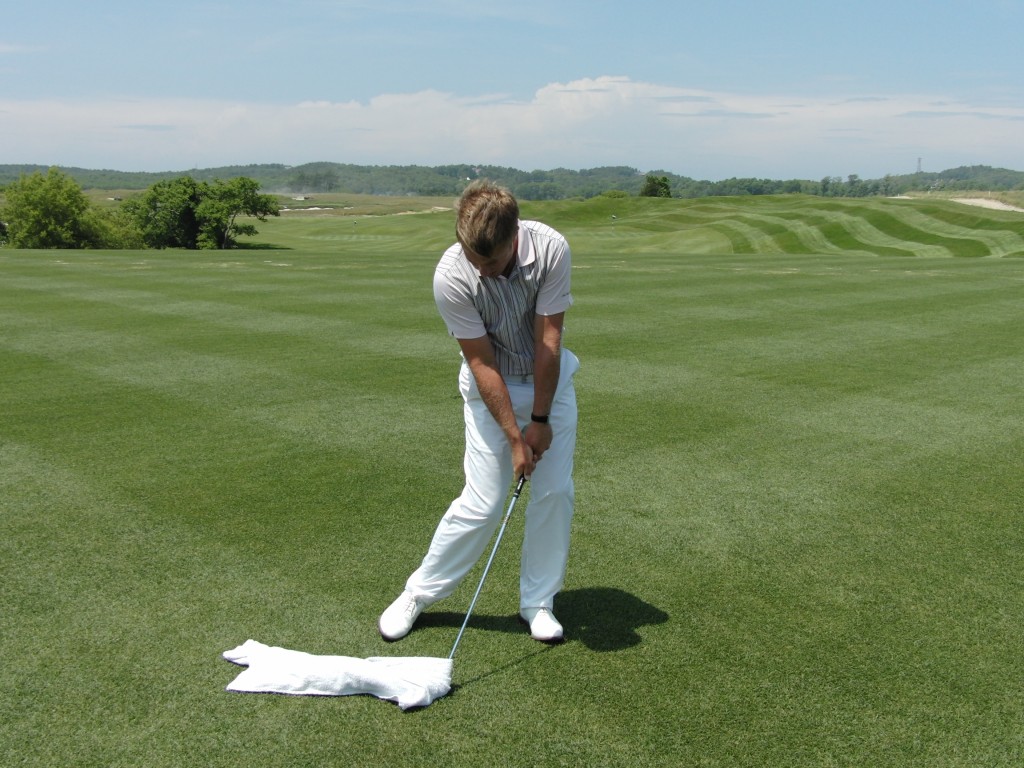
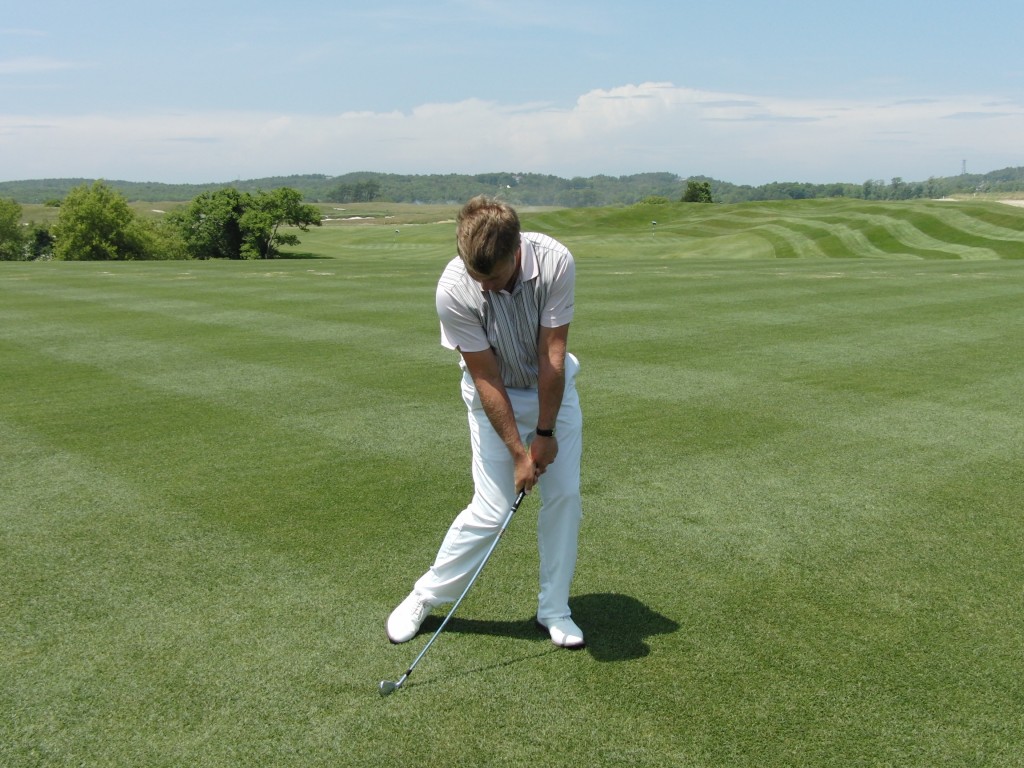

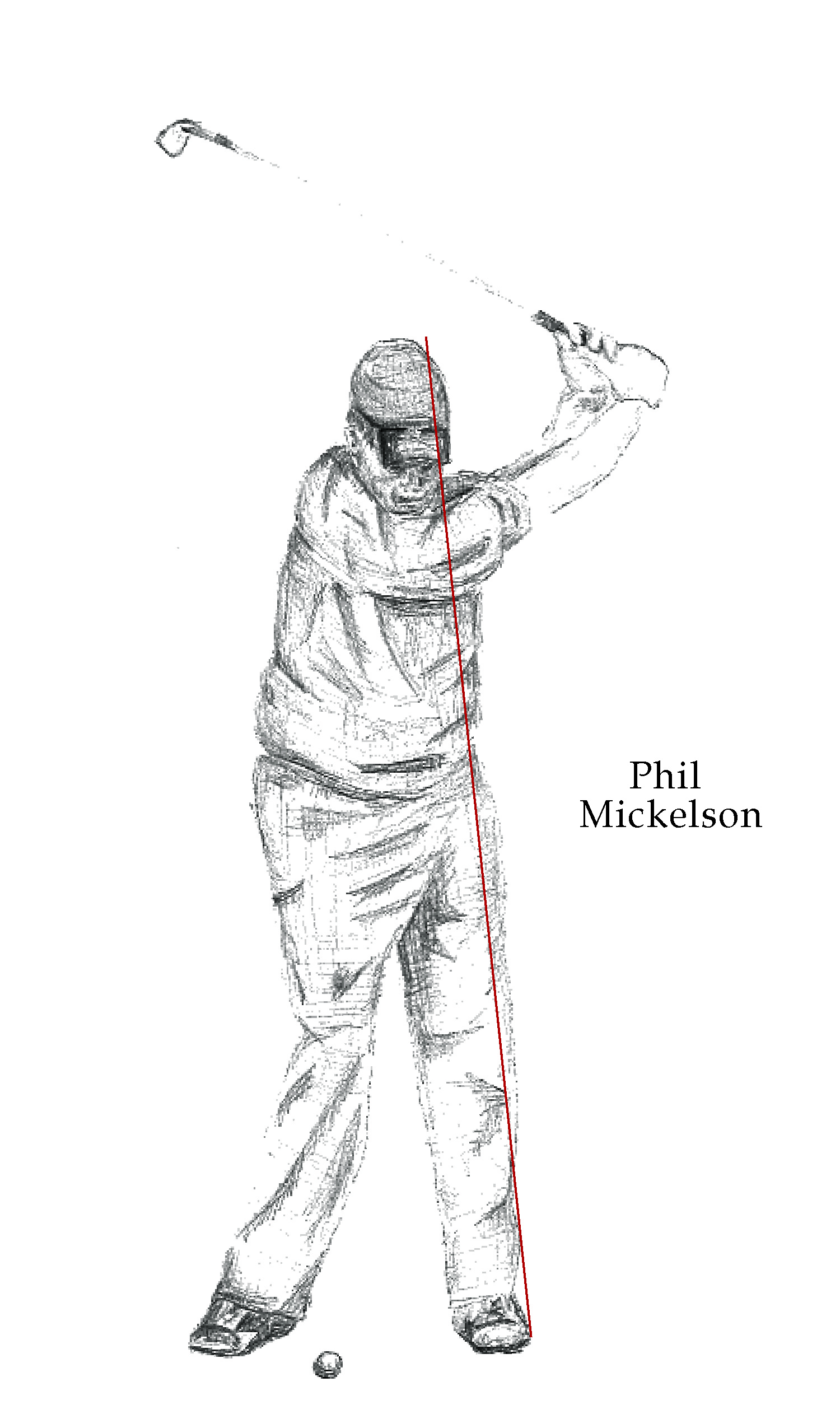
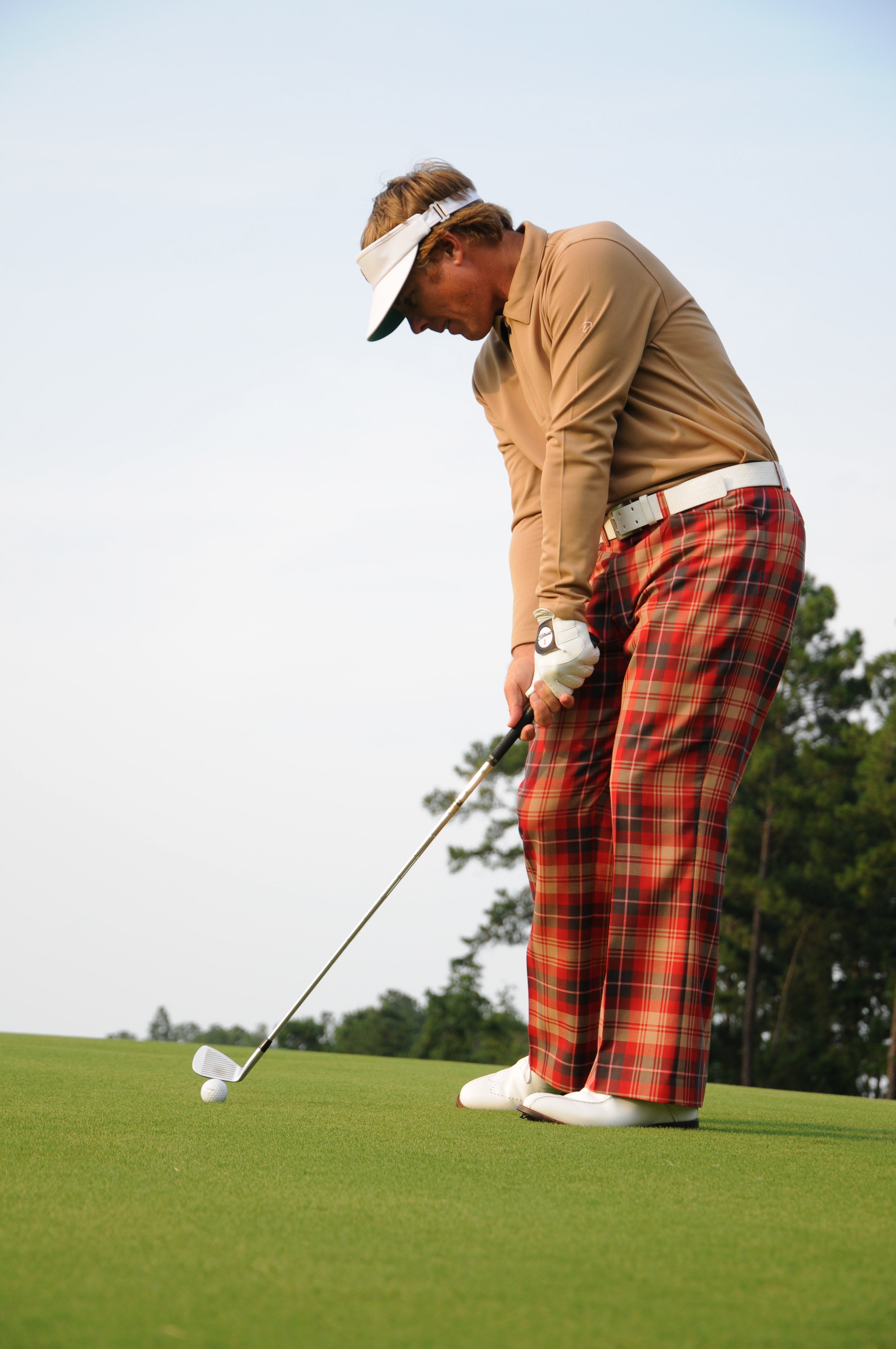
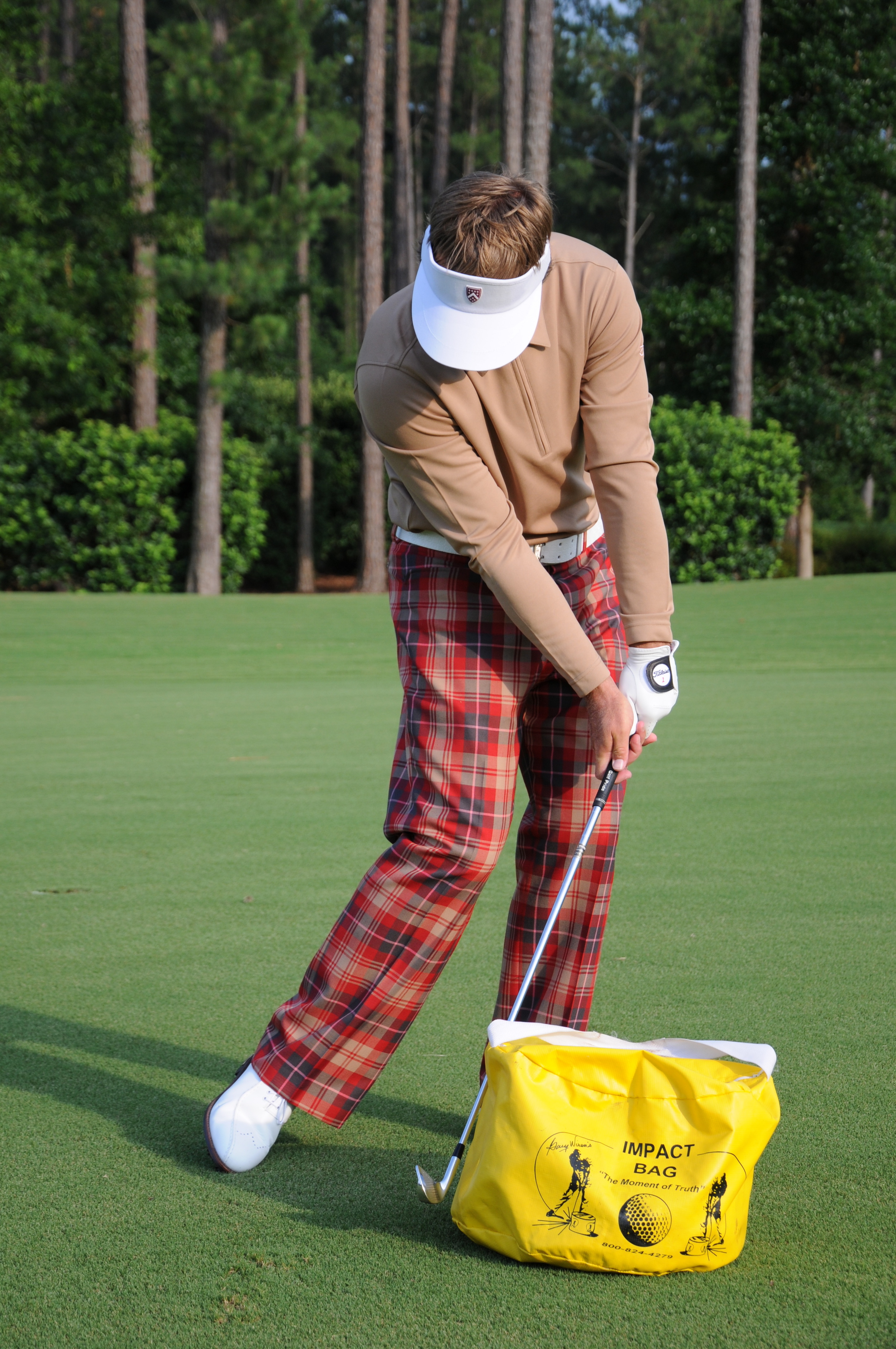
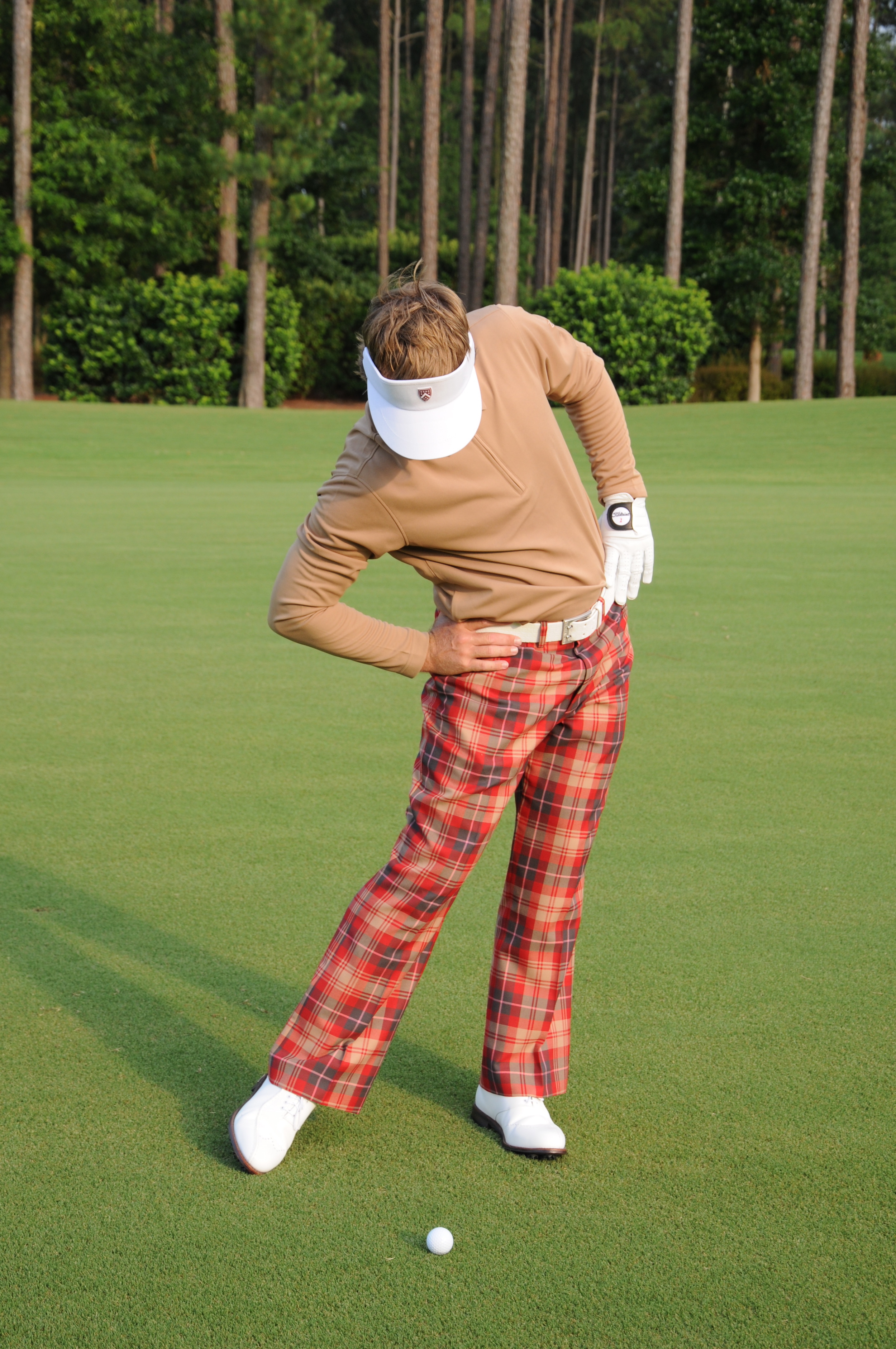
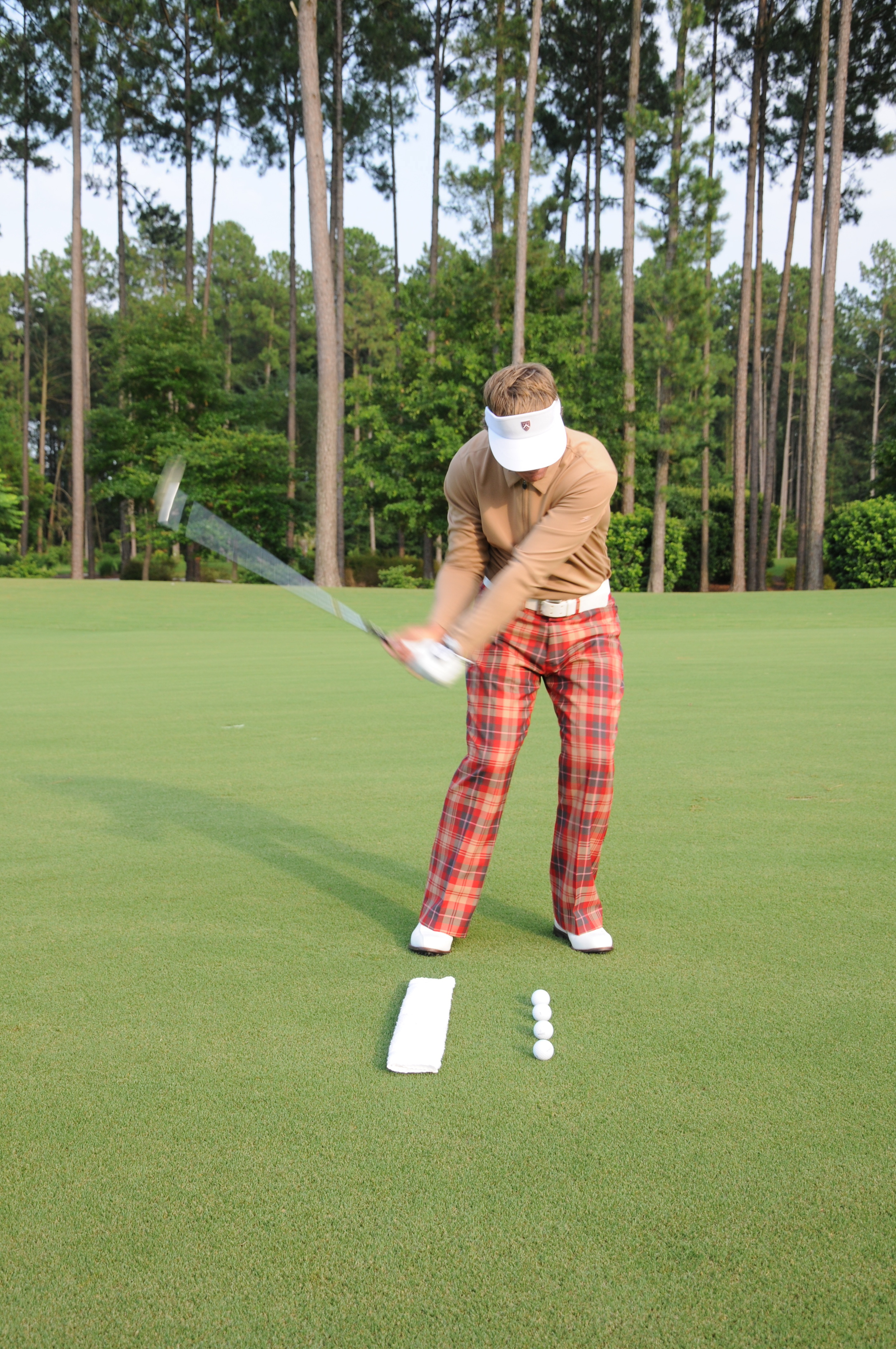
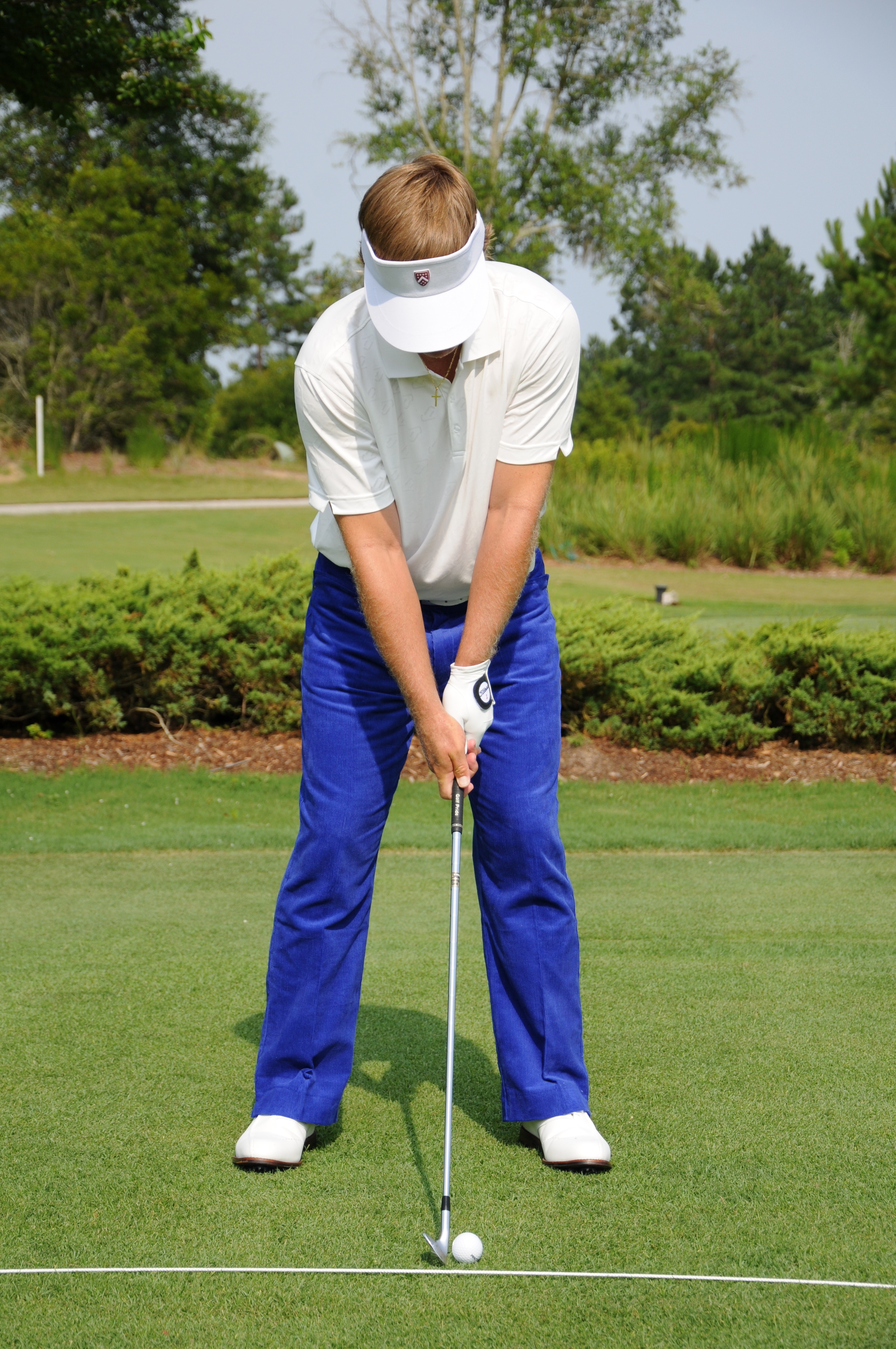
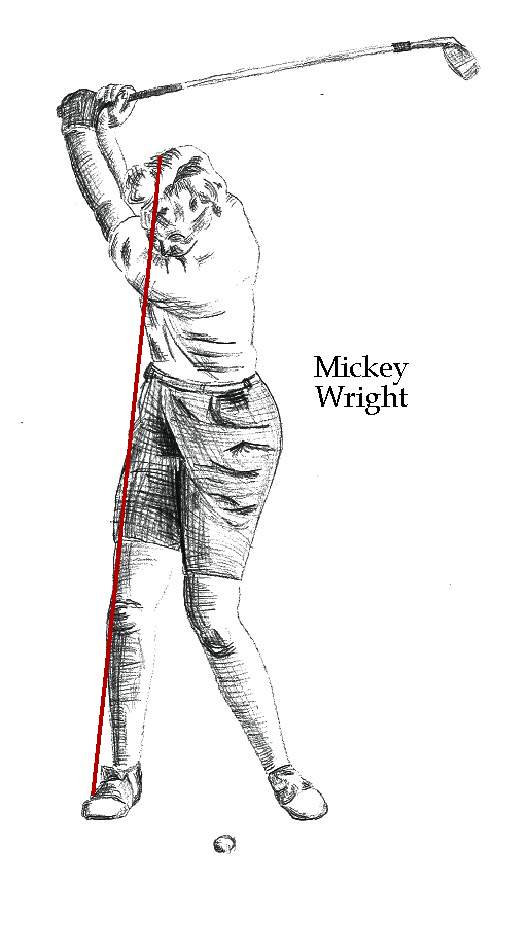 At address the head should not break the line. I noticed with golfers who had too much tilt at address this was quite prevalent and they all had a difficult time assuming the proper impact position once they had started poorly. Notice the picture below.
At address the head should not break the line. I noticed with golfers who had too much tilt at address this was quite prevalent and they all had a difficult time assuming the proper impact position once they had started poorly. Notice the picture below.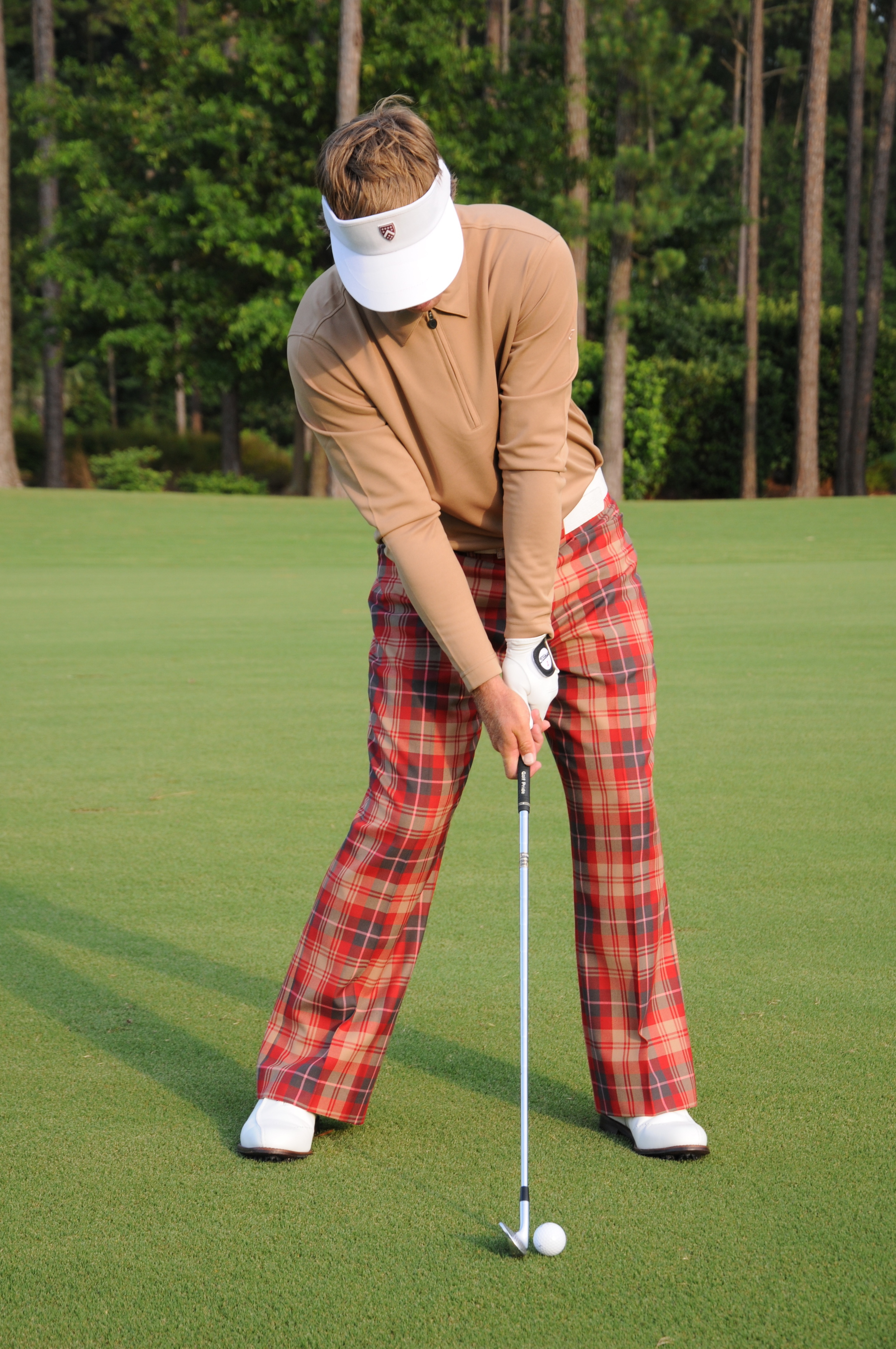
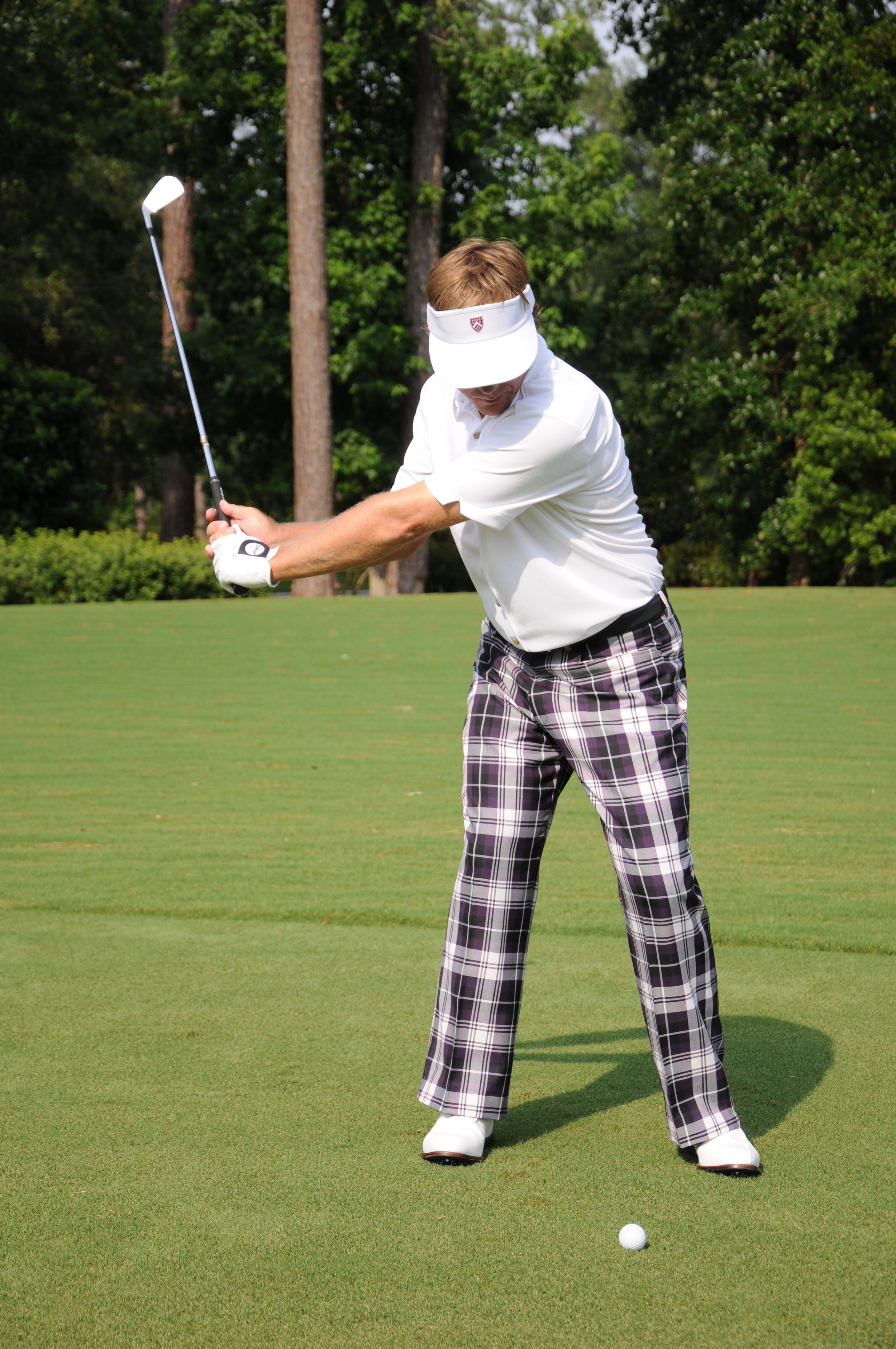
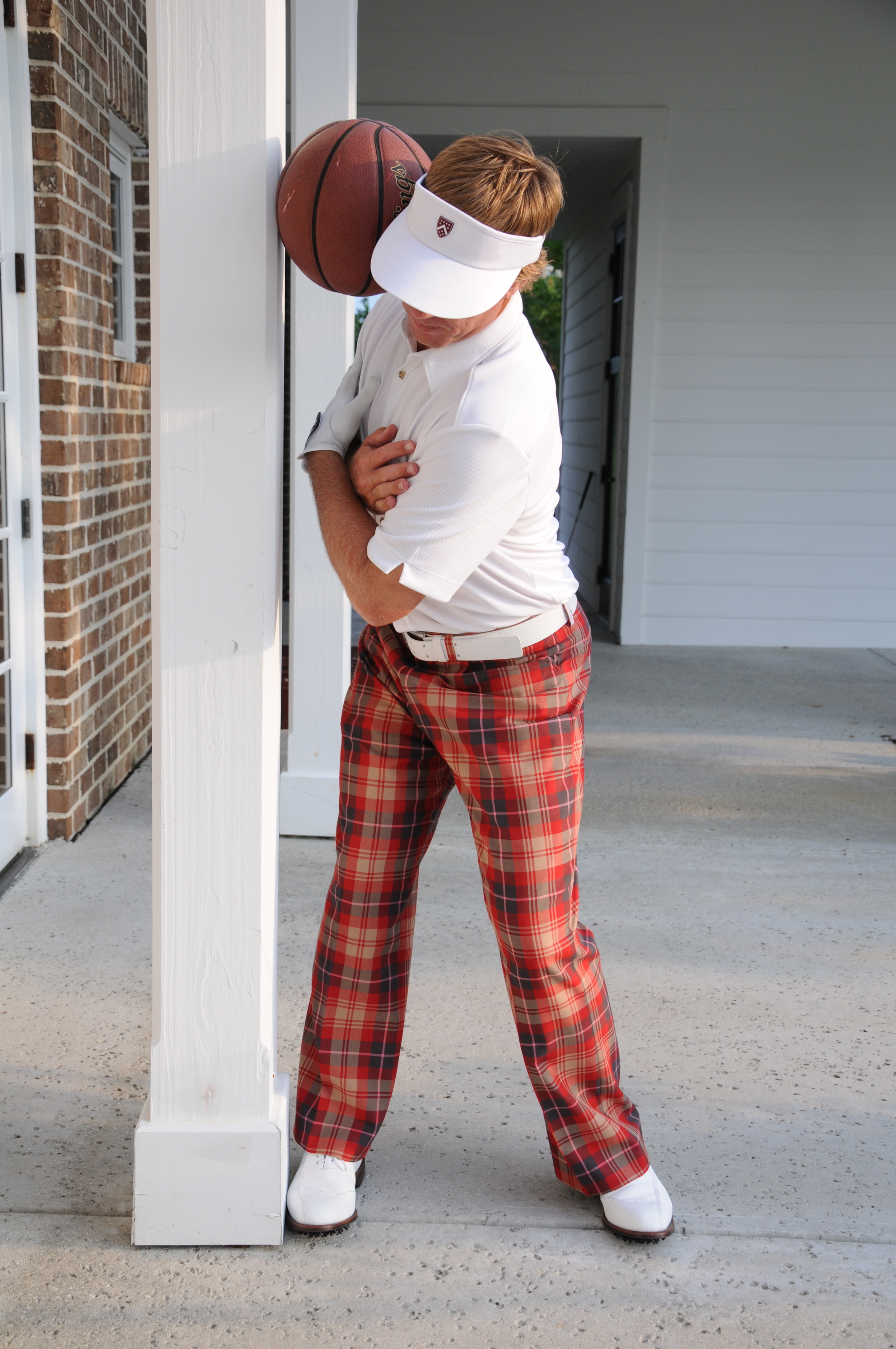
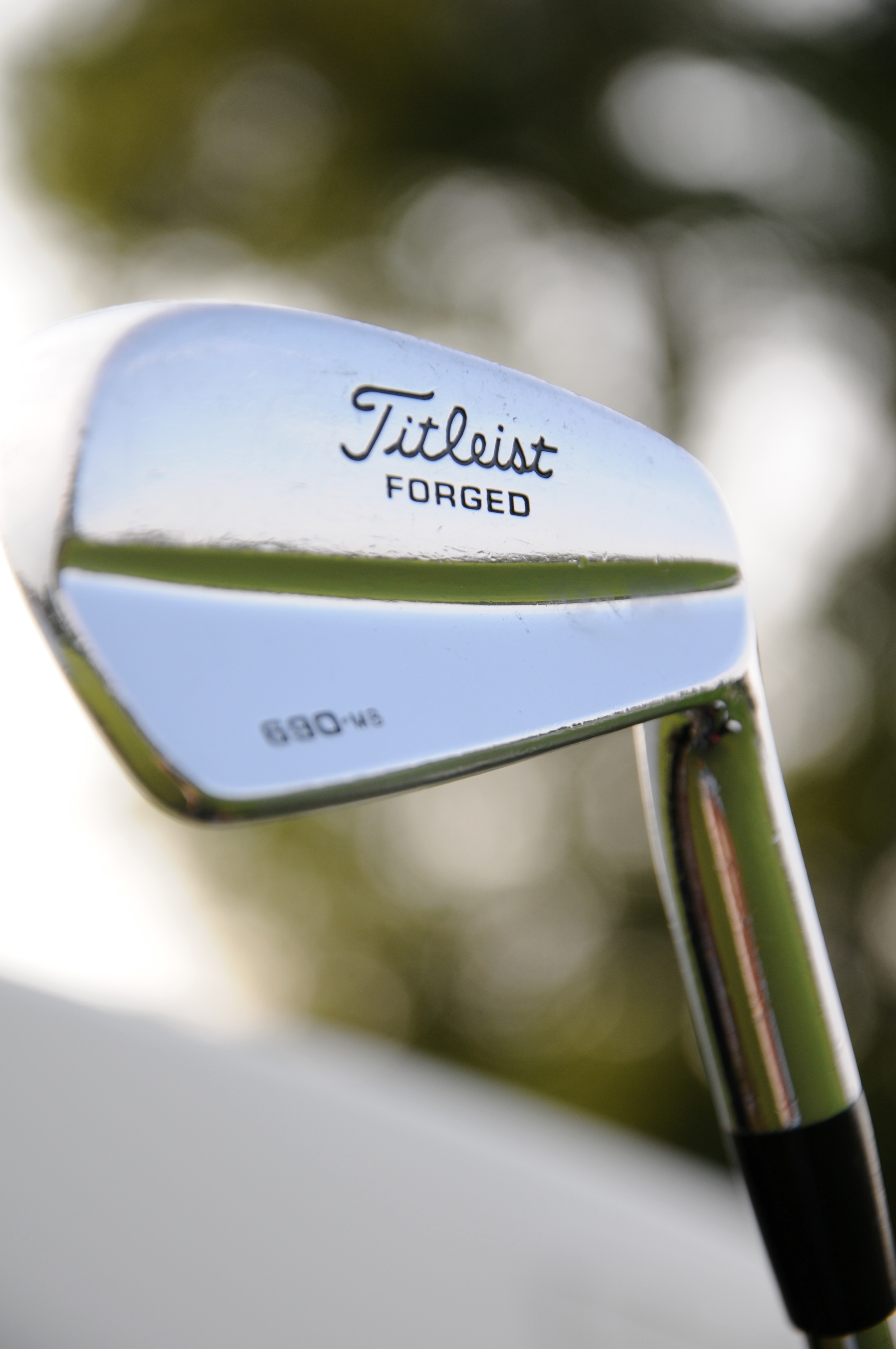 So often golfers are tempted into believing their equipment is the reason for the poor results they have been experiencing. Sometimes they may be correct, yet most times, this leads to the decision to make a change.
So often golfers are tempted into believing their equipment is the reason for the poor results they have been experiencing. Sometimes they may be correct, yet most times, this leads to the decision to make a change.





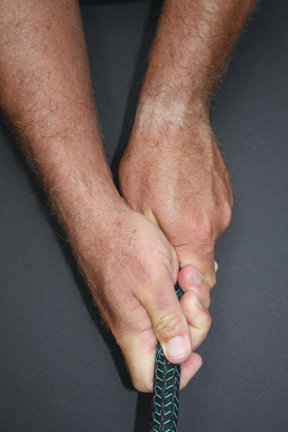 This is the first in a four part series looking at the three primary factors that pertain to a solid impact position. They are:
This is the first in a four part series looking at the three primary factors that pertain to a solid impact position. They are:



